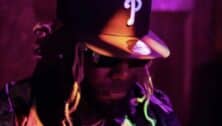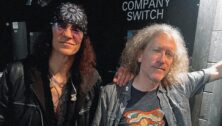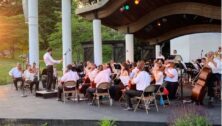Two Local Business Leaders Recall Their Woodstock Experience
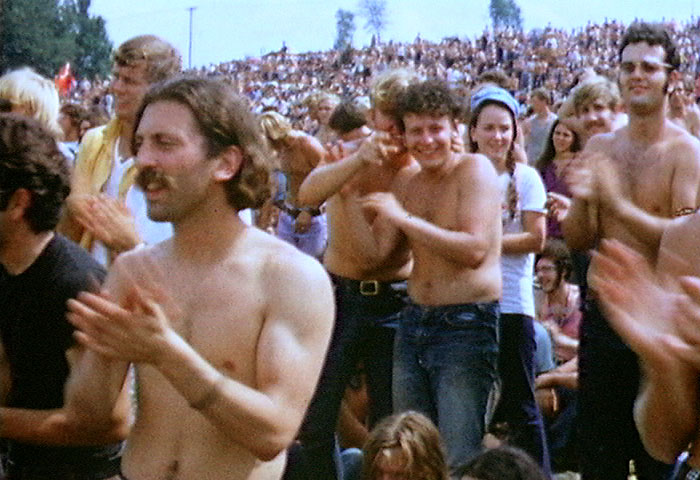
By Denise Romanelli
Fifty years ago today, in the little town of Bethel, NY, Max Yasgur’s 600-acre dairy farm became the location of one of the most pivotal movements in music history which we know as Woodstock, aka “An Aquarian Exposition: Three days of Peace and Music.”
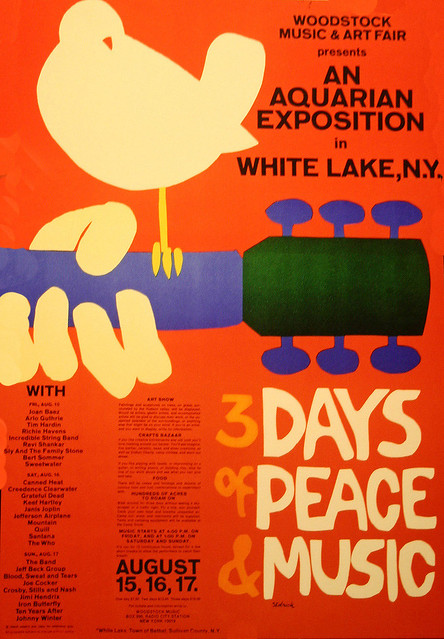 The concert lineup had 32 of the most influential bands who came together for a music festival that represented a counterculture generation of the 60’s. There were legendary performances by artists around the world all coming together in the spirit of peace and harmony.
The concert lineup had 32 of the most influential bands who came together for a music festival that represented a counterculture generation of the 60’s. There were legendary performances by artists around the world all coming together in the spirit of peace and harmony.
This anti-establishment cultural phenomenon gained momentum during the Civil Rights movement and the increasing military presence in Vietnam.
Young Americans voiced opposition against conventional political, and economic principles through a message of peace and love through demonstrations and music.
As tensions developed, so did other cultural issues surrounding expressions of human sexuality, women’s rights, and experimentation with psychoactive drugs, triggering the rise of the hippie.
The 60’s were a time when social issues were daringly broached. The music of that era had diverse styles that promoted goodwill and togetherness.
The term Flower Power came from the idea of “make love, not war” at its literal premise regarding sexual freedom which became more liberalized and accepted.
Woodstock started out as a three-day concert for an expected 50,000 fans, which by the second day, turned into an audience estimated of 500,000. No one planned for this invasion. The highways in the area literally became parking lots as people abandoned their cars in the middle of the street and walked to the Woodstock Festival, some as far as 20 miles.
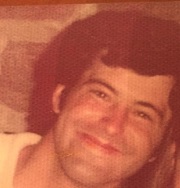
Concert goer Rick Weber, attended at age 18 with high school buddies who hitch-hiked from their home outside of NYC. In groups of two, these long-haired high school graduates got rides with others heading to Woodstock.
Rick and his buddy hitched a ride in a VW van with hippies from Texas who were happy to share their ride.
Although Rick didn’t consider himself a hippie, he described them as a free-spirit with little to no money, long hair, living life day to day without a plan. Their lifestyle was to be free and live for the moment. This embodied the atmosphere of Woodstock where no judgment was passed on anyone who wanted to express themselves.
Ed Malet, also journeyed to the concert with his younger brother and a friend and staked out a spot to camp for the weekend, sleeping under the stars, enjoying the atmosphere with little provisions except what they could carry in their duffle bags.
As traffic continued to block the entrance, organizers had to shuttle the performers to the stage from their hotels via helicopters. Yet, on Friday night, the concert opened on schedule with “folk night” as Richie Havens took the stage. Other performers included Arlo Guthrie, Joan Baez whose performance of Joe Hill expressed a political message. Santana, and Janis Joplin rocked the crowd. Jimi Hendrix played the National Anthem on his electric guitar, and Crosby Stills Nash and Young played Suite Judy Blue Eyes. The Who performed My Generation expressing the sign of the times.
In spite of the massive challenges such as 30-minute lines for water, and hour-long waits to use a toilet, the Woodstock Festival was a huge success. The music was inspirational and the audience celebrated with drugs, sex, nudity, and mud slides. “Things were unorganized and chaotic,” said Rick, “but everyone knew that, and worked together peacefully. People helped each other sharing food, water, beer and of course drugs.”
During the 60’s Americans experienced political and social division among friends, families, and neighbors. Contrary to the older generation who experienced a more cohesive nation during their adolescence celebrating victory of a world war, economic growth, and faith in the country’s military endeavors.
For the first time in history, children of the 60s questioned the authority of their parents’ and political leaders with regard to the Vietnam War. They fought for equality and acceptance of all Americans, and were considered radicals for voicing opposition and expressing their rights to be heard.
This history-making festival brought people together, sharing their love of music and freedom of expression. Yet the elders of that time saw Woodstock’s music and hippies as a show of disrespect to authority with little or no concern for the future of their country or themselves. They were admonished for their long hair, loose morals, outspoken views, and the music spoke through them.
The radicalness of the 60’s was reflected in one of the best waves of music to rock this country. Artists inspired listeners to think for themselves and have the courage to speak their hearts.
Ironically the flower child and long-haired hippies grew into successful careers.

Today Rick Weber of DNB Wealth Management, and Ed Malet, Publisher, County Lines Magazine, are successful businessmen who reminisce of their journey to Woodstock with memories that subsequent generations will never get to experience.
Attempts have been made to replicate the festival, but were unsuccessful. The spontaneity of the fans and their desire to come together to promote self-expression, love, and freedom are factors that were prevalent during the 60s.
As America progresses, our youth will continue to emulate the mindset that Woodstock symbolized, by speaking out against crimes of humanity, destruction of the eco-system, and political unrest in ways that may be considered radical by their parents.
This is a cycle that doesn’t seem to be broken, and let’s hope it doesn’t, so voices can be heard with the freedom of expression that promotes hope of a unified country in the spirit of peace, harmony, and Woodstock.
Connect With Your Community
Subscribe to stay informed!
"*" indicates required fields



![95000-1023_ACJ_BannerAd[1]](https://vista.today/wp-content/uploads/2023/03/95000-1023_ACJ_BannerAd1.jpg)










































